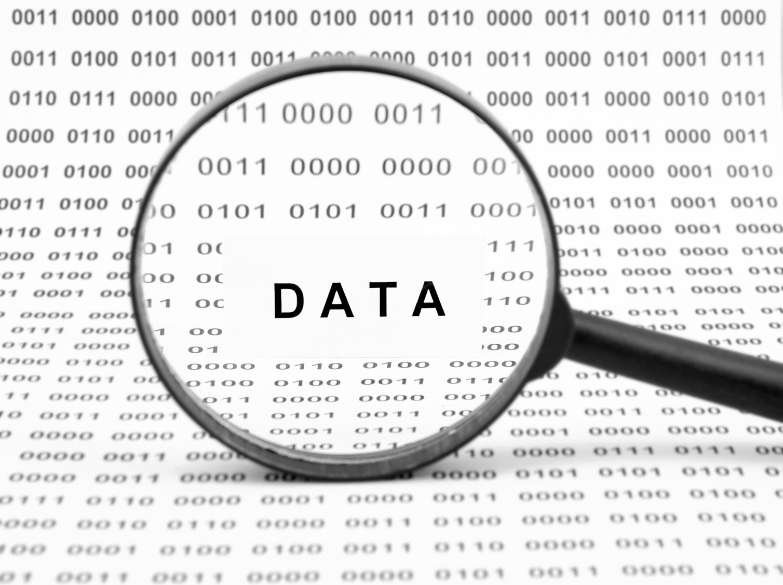
As the data collection methods have extreme influence over the validity of the research outcomes, it is considered as the crucial aspect of the studies
May 2025 | Source: News-Medical
For businesses looking to save costs, improve efficiency and scale, outsourcing data entry services is common practice. In B2B contexts where companies must review tremendous amounts of data quickly, outsourcing is a useful answer. Outsourcing presents many advantages, but with it come data security risks. Sometimes, with the help of outside vendors and services requiring sensitive data, businesses may accidentally expose sensitive data (including financial records, customer data, intellectual property, etc.) to unnecessary risk (that is a lot to lose). If organizations, business, or entities that outsource do not understand to protect data security on all levels, they run reputational risks including data breaches, loss of confidence in the organization, and possible legal action.
This article covers data security best practices when outsourcing your data entry. With the data security practices discussed in this article, organizations can decrease their data security risks associated with outsourcing while taking advantage of cost-saving and increased efficiency.
The first step to ensuring data security in outsourced data entry services is selecting a reputable outsourcing partner. The ideal provider should have a strong track record of protecting sensitive information and have the capacity to meet your business security needs.
Key Considerations:
Pro Tip: If you’re looking for reliable B2B data entry outsourcing services, Statswork has years of experience handling sensitive information, with certifications that ensure your data remains secure.
After you have determined your outsourcing partner, you will want to write a data security agreement. This agreement should outline the responsibilities of both parties when it comes to data protection.
Key Elements of the Agreement:
The very first thing you should do to load it up is to collect audio files from all your interviews, discussions or focus groups. You can take all of it as .mp3 or .wav files, or even as transcripts as PDFs. As you collect audio files make sure everything is comprehensible audio, complete sentences, timestamped in some sort of order, and otherwise grouped with sorted metadata (speaker ID, session 1/2 number, …etc)
Encryption can offer one of the most sound and effective protections for sensitive data when stored (at rest) or shared (in transit). Considering that data security threats continue to grow, it is critical that wherever you outsource your data entry, they are using current or up to date encryption techniques. [4]
Considerations for Encryption:
Implementing encryption protocols will help maintain confidentiality of data while in transit from one point to another and while it resides in storage.
Restricting access to sensitive data is one of the best ways to minimize risk of inadvertent exposure. Access should only be granted to any employees or third-party providers who must access the data.
Access Control Strategies:
To ensure that the outsourced provider is following your security protocols, it’s important to conduct regular security audits and continuous monitoring. This prevents vulnerability from being exploited by exploiting bad actors.
Best Practices for Audits and Monitoring:
To ensure availability of your data, you need both a, full data backup and a disaster recovery plan, regardless of cause of data loss, of systems outage, or a security breach.
Some Key Components of a Disaster Recovery Plan:
Many data security breaches are a result of human error. Therefore, it is important to ensure that your employees, and the employees of an outsourcing provider, are properly trained in security best practices.
Training Topics to Cover:
Compliance with security policies should be a continuous activity to ensure that your data privacy and security are being met to satisfactory levels. You must continually verify your outsourcing provider meets your expectations for protection of your data.
Compliance Checks:
Outsourcing data entry services offers many advantages, including cost savings and scalability. However, businesses must take appropriate steps to protect data that includes sensitive, secure information, as well as prevent data breaches. Companies can keep their data safe by selecting a reputable outsourcing provider, having robust security agreements in place, ensuring data is encrypted, establishing data access restrictions, and conducting audits of security measures on a regular basis.
At Statswork, we can help you with secure B2B data entry outsourcing, including web data extraction, OCR, and data automation services that provide you both security and efficiency. Please contact us today to see how we can help you secure your data, while optimizing your workflows in the process.
WhatsApp us